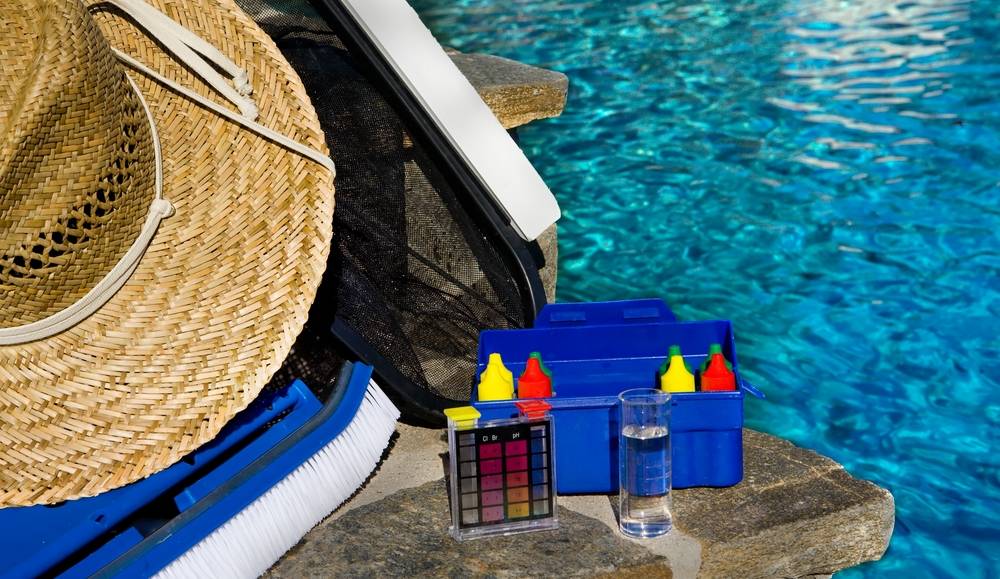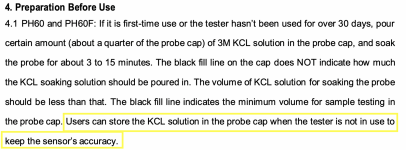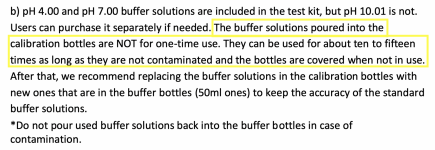This morning I opened a carton of 2 x 1 gallon jugs LC that I had bought from Lowe's last week and discovered that one of the jugs had no cap or liner. The corrugated was partially dissolved and the jug and inside of the box were coated with a white deposit. I could still smell some chlorine so I used it anyway and added the second jug as well since my FC had dropped to near zero overnight (I think due to a Green to Clean treatment). I will retest the FC in an hour but wondering if there is any reason I should not have used the LC (other than the chlorine was probably depleted)?
BTW I had treated my pool with Green to Clean yesterday to avert an algae bloom which is why I think the FC was almost nil this morning. I have learned from this site that my CYA is too high which needs to be addressed, and I have scheduled a water purification (RO) but need to get through the next 2 weeks until my appointment.
BTW I had treated my pool with Green to Clean yesterday to avert an algae bloom which is why I think the FC was almost nil this morning. I have learned from this site that my CYA is too high which needs to be addressed, and I have scheduled a water purification (RO) but need to get through the next 2 weeks until my appointment.




